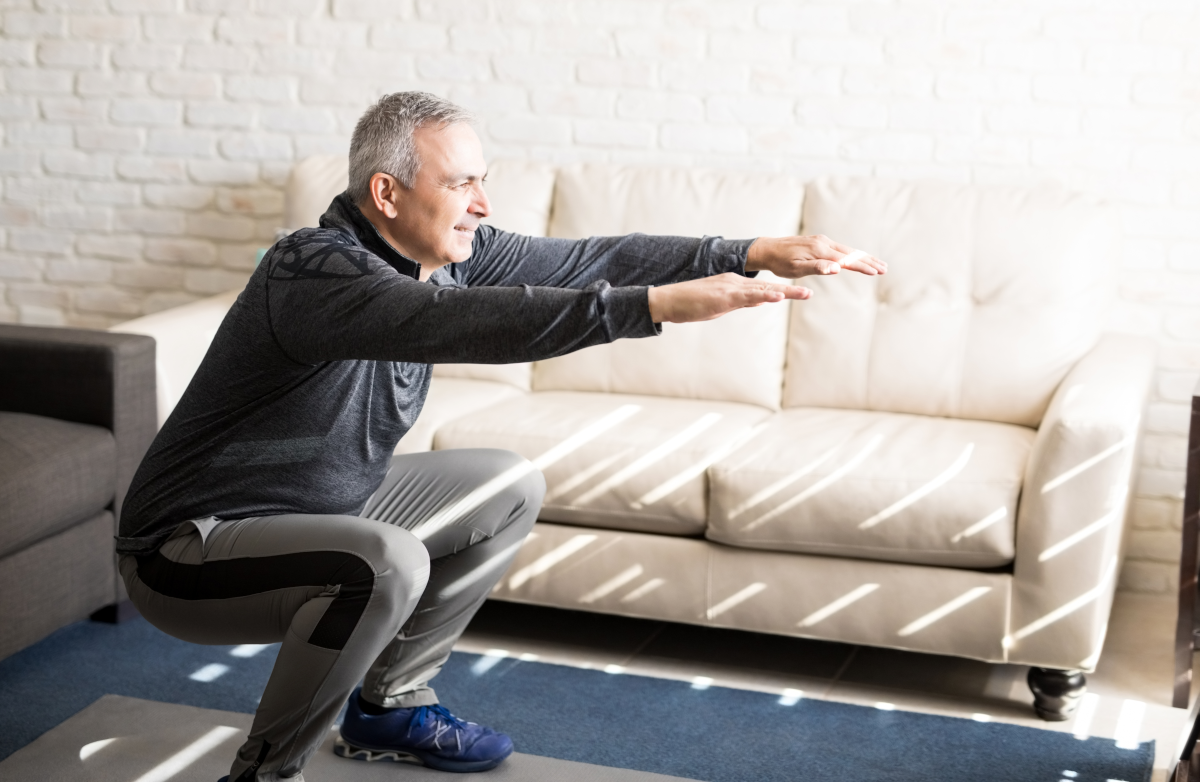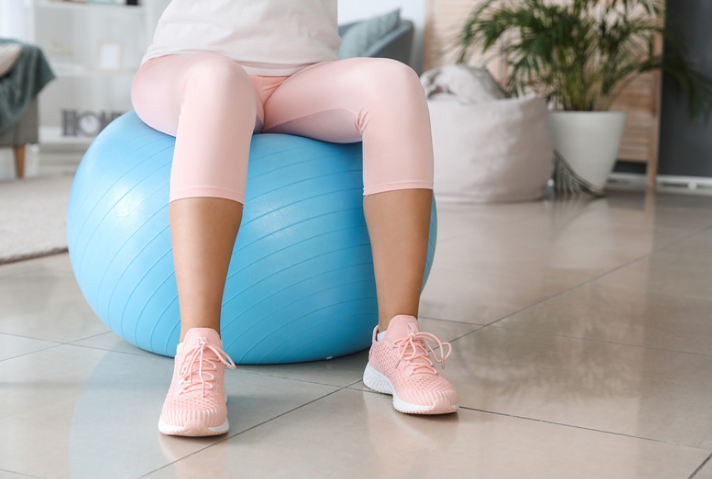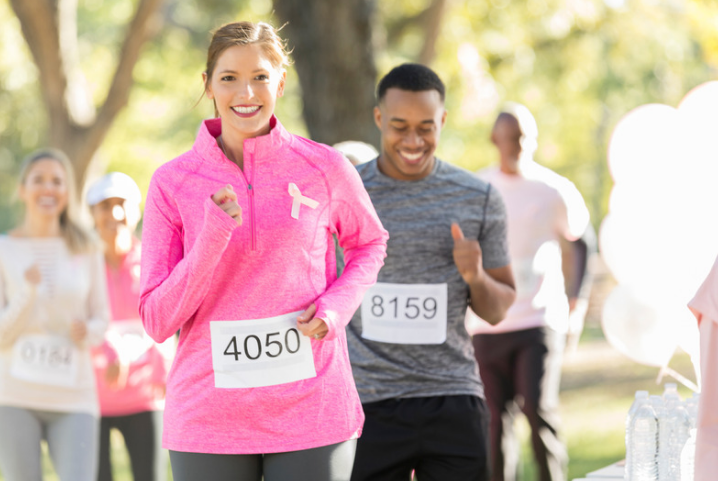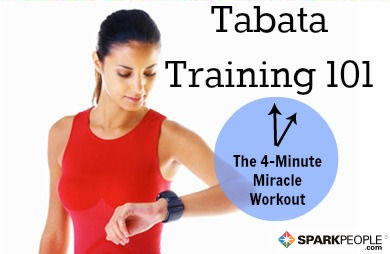Water is particularly forgiving for those who are overweight or have musculoskeletal issues. It not only reduces gravity's impact on the body, but its buoyancy also cushions stiff joints and fragile bones, making it perfect for older adults, those suffering from arthritis and other disabilities, and those carrying extra weight. Even athletes use water workouts to rehabilitate after an injury or to cross-train, as it relieves pain and stiffness. And the more you submerge yourself in the water, the more buoyancy the water
When it comes to general health, swimming is definitely a beneficial exercise. A 2004 study at Indiana University found that long-term swimmers older than 40 who swam more than four times a week showed fewer signs of aging than the general population. The regular swimmers also had lower blood pressure, blood triglycerides, and cholesterol; better pulmonary (lung) function; and more muscle mass than non-swimmers. And swimming is truly a full-body workout, working your upper body, lower body, and core, all while getting your heart rate up. Because swimming isn't a weight-bearing exercise, most research shows that you won't build bone density from regular trips to the pool, but you will build strength. Water provides 12 times the resistance of air!
Sounds pretty good, right? There are a couple
Another cause of concern is that swimming may adversely affect your appetite. Although research here is mixed, some studies show that swimming increases appetite in certain people, which can make weight-loss difficult. Additionally, when you swim, your heart rate responds differently than when you're on land. In fact, even though you may feel like you're working hard, your heart rate in the water can be about 17 beats per minute lower than it would be for a similar intensity
Despite the cons, water is the choice
Water Aerobics
Aerobics isn't just for the group exercise room. Practically anything you can do on terra firma, you can also do in the pool. Water aerobics isn't necessarily your grandma's water aerobics class! Many health clubs offer classes such as group cycling (with special waterproof bicycles), kickboxing, Pilates, yoga and more in the H20, making them exciting, fun and varied. Some classes will even use special gloves, noodles, balls or other
How to get started: Check out your health club's aqua exercise schedule, or create your own water aerobics class for one. For a quick full-body workout, do a minute of each: standing front kicks, standing back kicks, standing side kicks, jabs, crosses,upper-cuts and leg raises (hold on to the ladder with your arms and draw your knees up like you would on a captain's chairat the gym). If your pool happens to stock kick boards, add in some cardio by kicking your way from one side of the pool to the other. Kick boarding is easier than swimming laps, especially if you're not a strong swimmer, but it's still great for the cardiovascular system.
Water Running and Walking
Think that running and walking are just for the road or the treadmill? Think again! You can walk and run in the pool! And it's an amazing workout that'll later make walking and running outside seem like a breeze. Beginners will want to start walking or jogging the shallow end of the pool, while intermediate and advanced exercisers can begin in the middle or deep end of the pool while wearing a buoyancy belt. Once you've found your place in the water, all you have to do is walk or run like you do in real life—same form with your head up and your posture tall with a forefoot strike (if running) or heel-to-toe strike (if walking). Walking or running in water boasts a similar calorie burn as on land, minus all the jarring and jostling
How to get started: Despite the ease of this activity on your joints, walking and jogging in water will feel much more intense than it does on land. Start off doing short intervals of 2 to 3 minutes of fast walking or jogging followed by at least a minute of rest. As your fitness builds, increase the length of your walking/running intervals. And remember that you want to be actually walking or running, not just "bicycling" your legs in the water. Do just as you would on land!
Treading Water
It sounds simple, but treading water will get your heart rate up and provides a great cardiovascular workout. In addition, treading water is an important skill to have next time you hit the beach or go out to the lake house for a getaway weekend! Another plus is that you need no equipment—just yourself and enough water that most of your body is submerged. Just remember to listen to your body and always have a poolside or
How to get started: Ifyou're pool-shy and like the comfort of being able to touch the bottom, stay in the shallow end. Stand on your knees and get those arms and legs moving side to side and up and down to keep your knees from touching the bottom. You'll target your upper body and build your treading-water confidence. If you’re a stronger swimmer, jump in the deep end and tread for anywhere from 30 seconds to 20 minutes, building up gradually. If you want an extra challenge, you can even lift your hands out of the water and above your head to make your lowerbody do more work. Trust me, you’ll feel the burn!
Submerged Resistance Training
The pool isn't just for cardio. The extra resistance of the water makes it ideal for building muscle with strength workouts. In fact, many of the moves above will not only get your heart pumping, but will also have your muscles firing. Some health clubs will even supply members with aquatic dumbbells so you can get that extra burn. And don't forget about using the entire pool area for your workout. Getting in and out of the deep end via a ladder can be an exercise in and of itself, and you have plenty of space outside of the pool for pushups, wall sits and more
How to get started: Bring your traditional strength-training routine into the water! Do a few squats in the shallow end of the pool followed by deep lunges to work the lower body. Then hit the pool deck for a few regularpushups or use the side of the pool for modified pushups. Grab those aqua dumbbells for some biceps curls and triceps kickbacks and then finish off your strength workout with a bicycle, where you lean back against the side of the pool and do a bicycle crunch in the water. Get creative and work those muscles: pushing, pulling, lifting and rowing against the resistance of the water.
Lap Swimming
We couldn't have a list of water workouts without traditional lap swimming, now could we? Swimming laps is a full-body, can't-beat-it workout challenge. While most of us won't be Michael Phelps in the water, we can definitely channel our inner Olympian by practicing the crawl/freestyle, breaststroke, backstroke, and sidestroke in the pool. Heck, even doggie paddling is a good workout! In fact, swimming laps can burn more than 500 calories in an hour if you keep your pace up
How to get started: If you don't feel like a fish inIndoors or out, water exercise offers options for people of all fitness and ability levels. It's a great way to stay cool in the summer months or escape from the cold or rain (provided your local swimming hole is an indoor one!), whether you want a low-impact workout or a new challenge. Ready to jump in? The water is waiting!water , try easier strokes like the sidestroke, breaststroke or dog paddling. Ask a lifeguard or pool attendant where the beginner lane is on the pool, jump in and get toswimming . If you really enjoy the water and want to improve, consider investing in adult swim lessons where you can perfect your form and learn new strokes!








.png)



